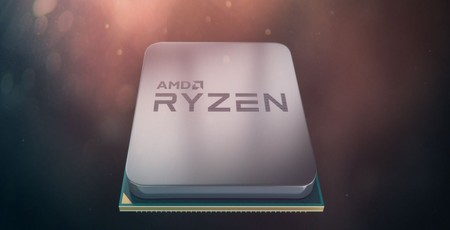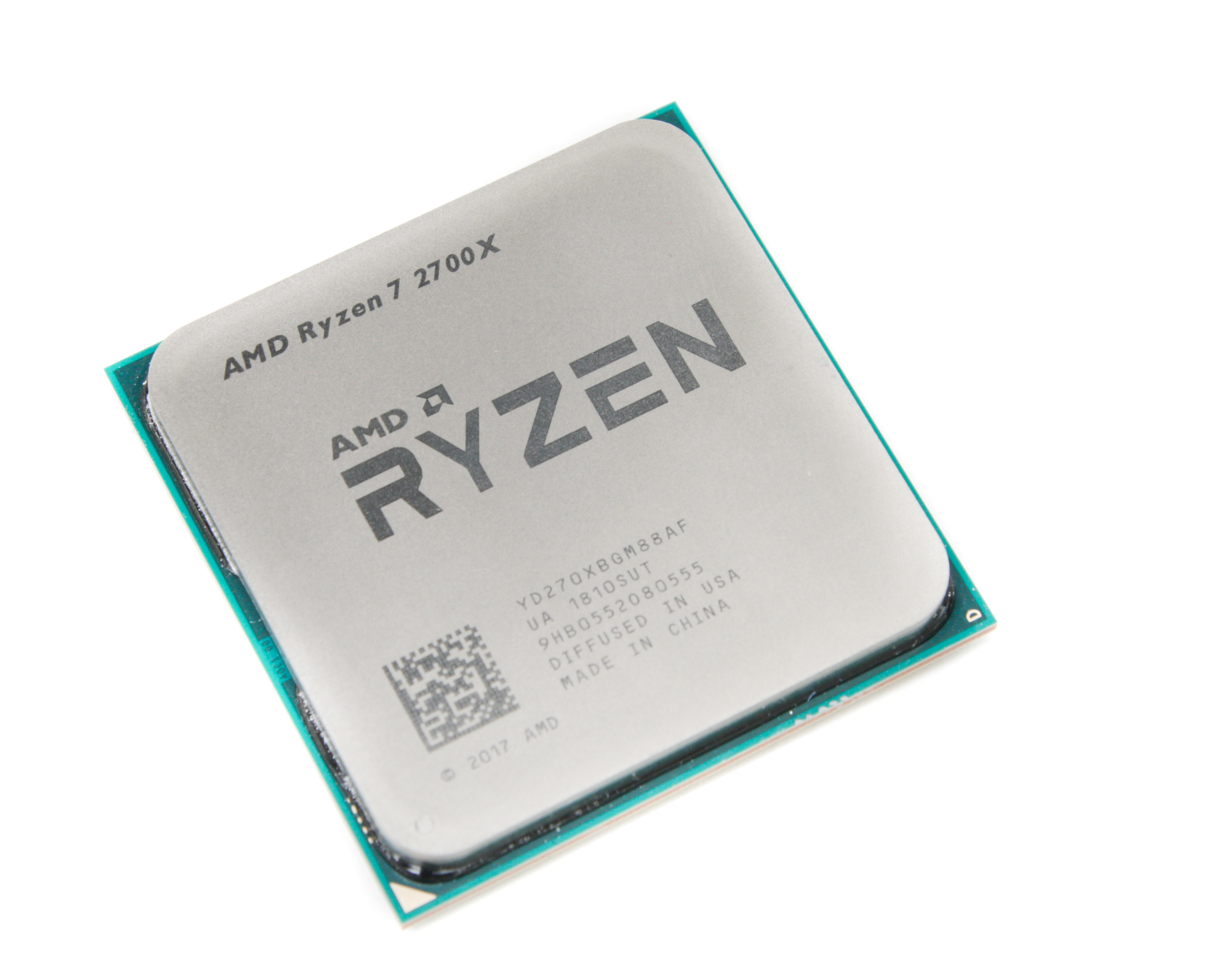
If you've only been a PC enthusiast for the last decade or so, you'll likely be aware of two big stories regarding the CPU market: Intel's decade-long dominance and AMD's more recent return to competition. That latter one is still playing out of course, with Zen 2 and 7nm on the horizon for AMD in 2019, and in many ways it's the company's biggest test since Ryzen's launch last year. Can it improve significantly on first- and second-generation Ryzen and also meet head-on with whatever Intel's plans are?
Looking ahead to 2019 first, and we're already seeing early speculation about just what is in store with 3rd generation Ryzen. Increased core counts are probably on the cards seeing as that's what it's already confirmed with its new Epyc CPUs, so moving Threadripper up in core counts is a distinct possibility, in turn paving the way for more than eight cores on its mainstream Ryzen CPUs without stepping on Threadripper's toes. Just how accurate the latest rumours were with 16-core Ryzen CPUs being available for less than $500 is highly debatable. Even if AMD does double the core count for its flagship mainstream CPU from eight to 16, I'd be very surprised to see it retail for so much less than the current 16-core Threadripper, which will set you back around £800.

Sure, you get quad-channel memory support and plenty more PCIe lanes with AMD's X399 platform, but it still needs to make money. That said, seeing as the eight-core Ryzen 7 2700X currently retails for $300, a $500 price tag might not be completely out of the question, but I'd put the price closer to at least $600, if indeed the so-called Ryzen 9-series exists at all. Even if the rumours are partly true, it will make for a very grim time for the lower end of Intel's HEDT CPU stack.
The rest of the rumours point at major up-shifts in core counts, with the bottom of the stack starting at six cores. The ability of a smaller manufacturing process to pack more cores into a given area as well as AMD turning to a chiplet design might seem to point at it being financially viable to do this too, but I echo the scepticism I've seen about the lack of a quad-core CPU at the very bottom of the line-up. AMD's strongest area both in terms of performance and value is certainly multi-threading, and it's one reason I think we will see more cores next year. However, I'm not convinced we'll see the cheapest Ryzen CPU (or indeed APU) sporting a minimum of six cores unless the new design under the hood really does usher in a much cheaper and easier way of doing so.
Intel still doesn't have a concrete plan in the public domain for what we'll actually see next year, but it has at least pointed things in the right direction, seemingly ditching Cannon Lake and instead opting for both 'Process' and 'Architecture' steps forward all in one move (i.e. 10nm Sunny Cove). We've also heard rumours of a 10-core mainstream CPU, but as yet we have no idea if or what will land from the blue team next year, although with all 9th generation CPUs being relatively recent, any reply to AMD will likely occur after Zen 2's launch, which we expect to be in the first half of the year.
Thankfully, cores aside, both companies are promising IPC gains with their next generation CPUs too, and given how different Intel's Sunny Cove architecture and AMD's Zen 2 sound from every angle compared to what we saw in 2018, this raises the prospect of a complete reset with a very new range of CPUs for both companies. For this reason, I hope the gap between their launches isn't too huge, as this could prove to be the most exciting CPU battle in over a decade, eclipsing even 2017.
I've seen some interesting comments online about the situation too, specifically about how Intel would (or can't) respond if AMD does indeed add many more cores to its mainstream CPUs as well as a decent IPC and frequency boost. It's easy to let your imagination and/or fanboyism run away with you, but getting back to my first line statement, there is a risk of history repeating itself here, and that history is one that plenty of people seem to be forgetting or are simply too young to remember. Just over 10 years ago I'd owned AMD CPUs for a few years, starting with single-core Athlons then making my way to a dual-core Opteron.
Then in 2006, after years spent working on its failed Netburst architecture which lead to AMD gaining the upper hand in everything from desktop to server markets, Intel released its Core architecture, creating CPUs that were so fast and efficient, nothing AMD had even came close apart from a few very small niche areas of multi-threading until Ryzen was launched 11 years later.
My point is that Intel has come from an even more precarious position than it's currently in, ploughed some serious R&D cash into the equation, and practically monopolised the industry for over a decade with a single architecture. AMD's ability to get to 7nm first is certainly a great achievement, but there's more to performance than just lithography. Intel finally has some promise in that it seems to be getting to grips with its 10nm manufacturing process, so the past could easily repeat itself.
Thankfully, Zen 2 has all the hallmarks of being something other than a K10 or Bulldozer architecture, both of which were disappointing and lacklustre for AMD. Things could easily swing either way, especially if Intel doesn't improve its own situation in 2019. To write it off at this stage, though, is to be ignorant of some very recent history. Let's enjoy what 2019 has to bring with this rivalry and revel in the fact that it's not just 2019 that looks set to be a great year for the CPU market; with AMD and Intel having exciting plans well beyond this year, the battle is set to rage a while yet, and that can only be great for us as PC enthusiasts.

MSI MPG Velox 100R Chassis Review
October 14 2021 | 15:04









Want to comment? Please log in.